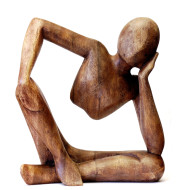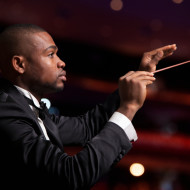
During my doctoral and post-doctoral research at the University of Surrey in England, I spent countless hours in a windowless room trying to decipher Laban’s faded writings and even more enigmatic drawings. These writings and drawings were part of the Rudolf Laban Archive, a treasure trove of material from the final two decades of Laban’s life.
Studying this material was hard work, but I always found Laban to be good company. He seemed to work in obsessive bursts on particular themes, puzzling over a topic again and again until he came to some resolution.… Read More









